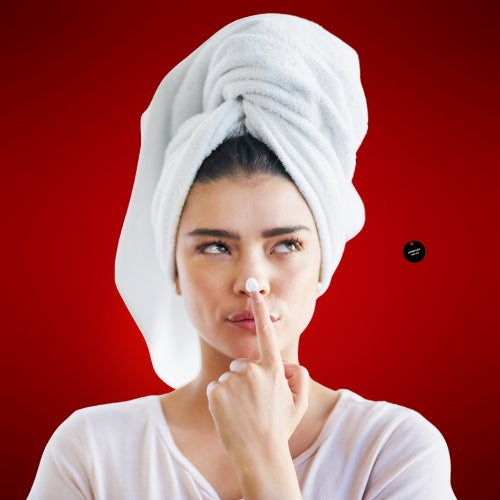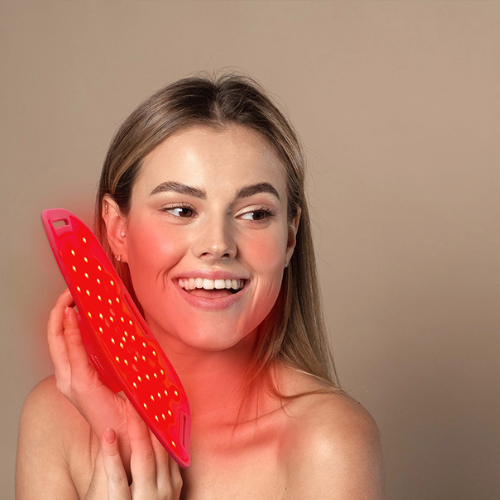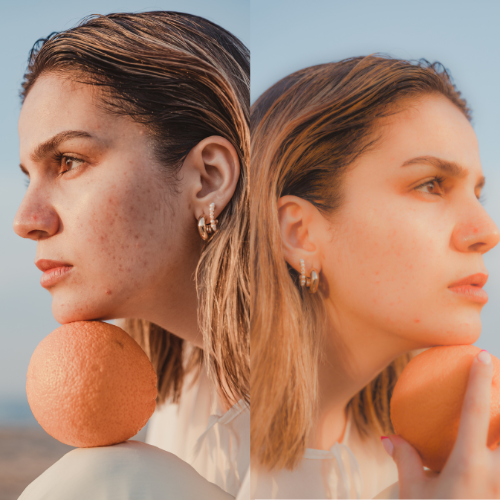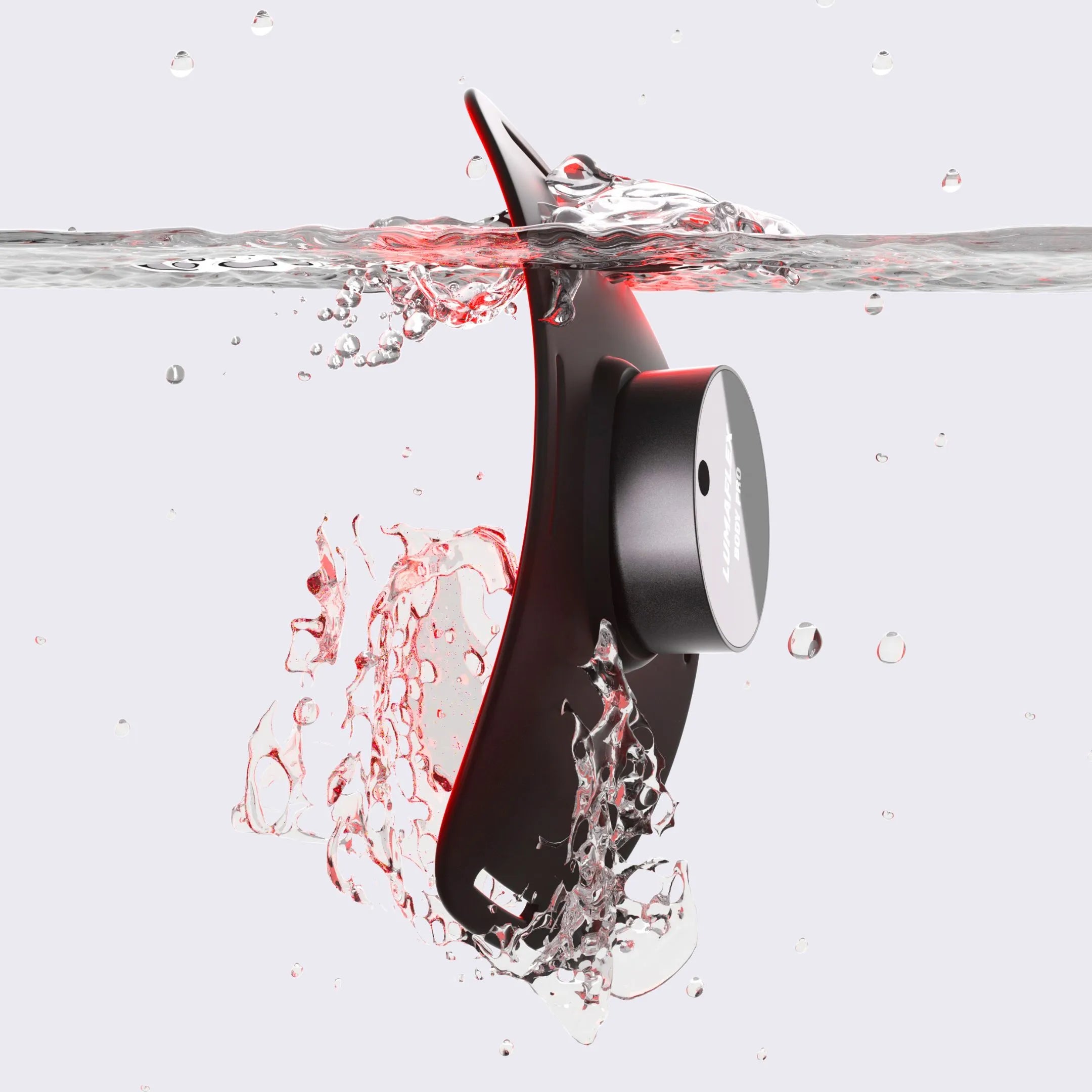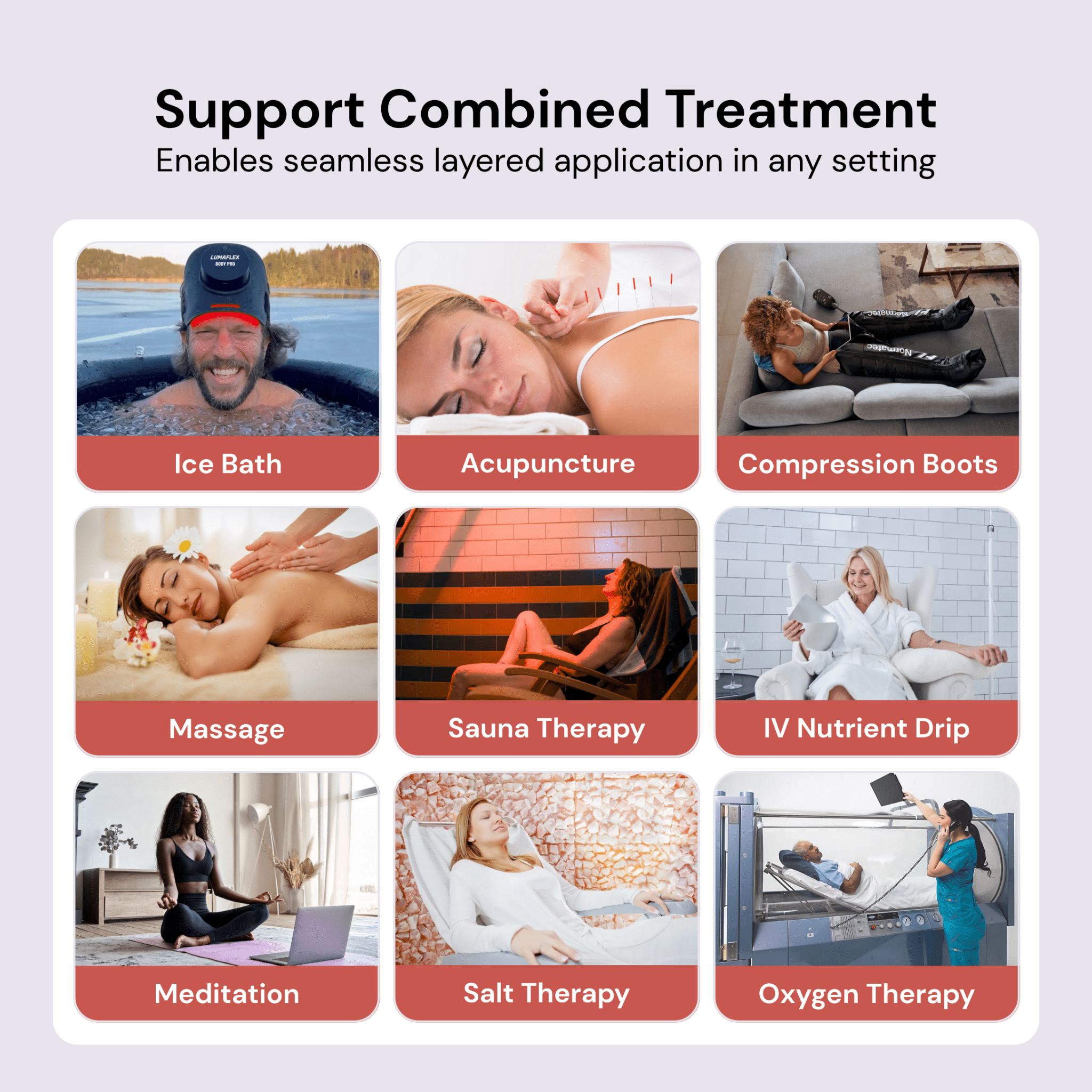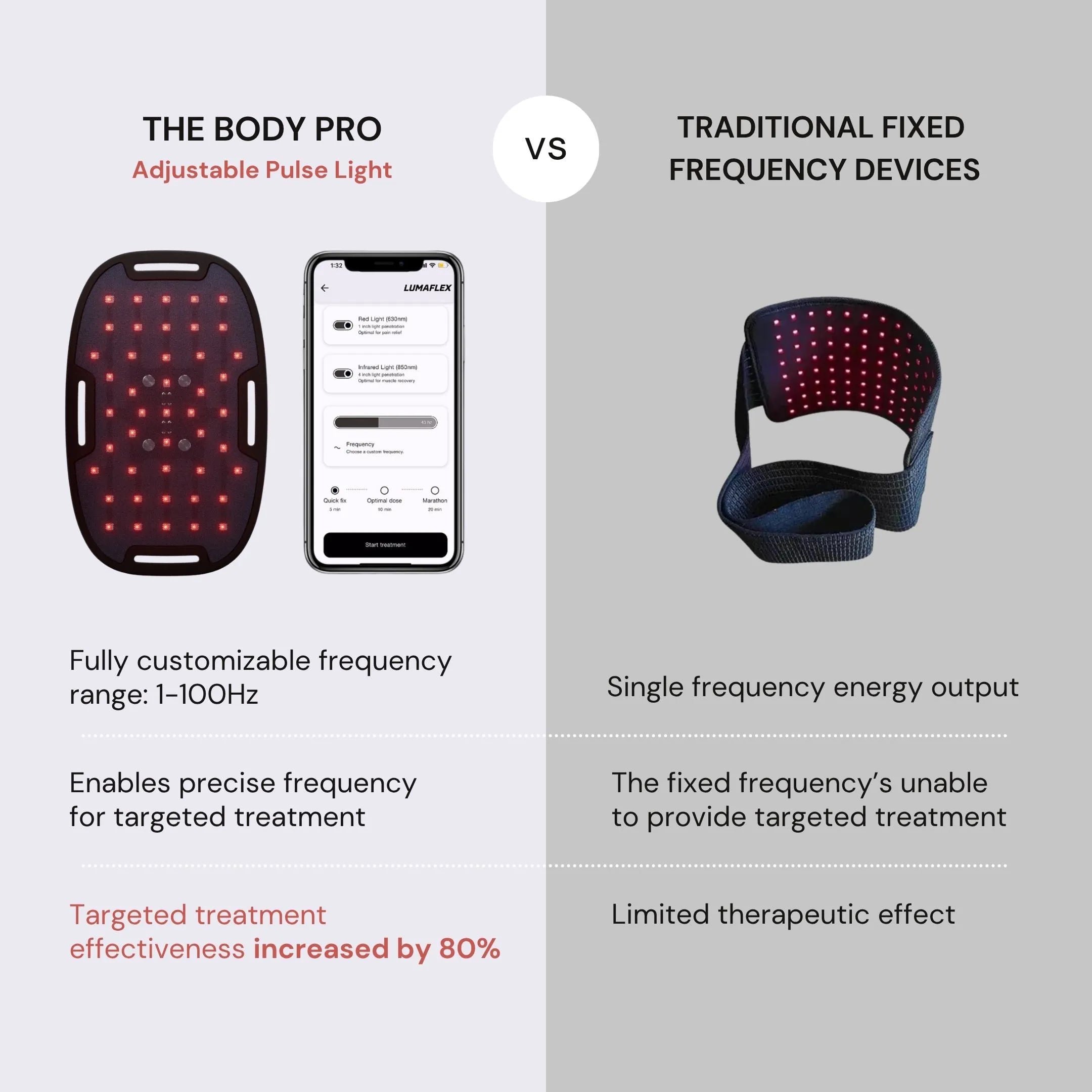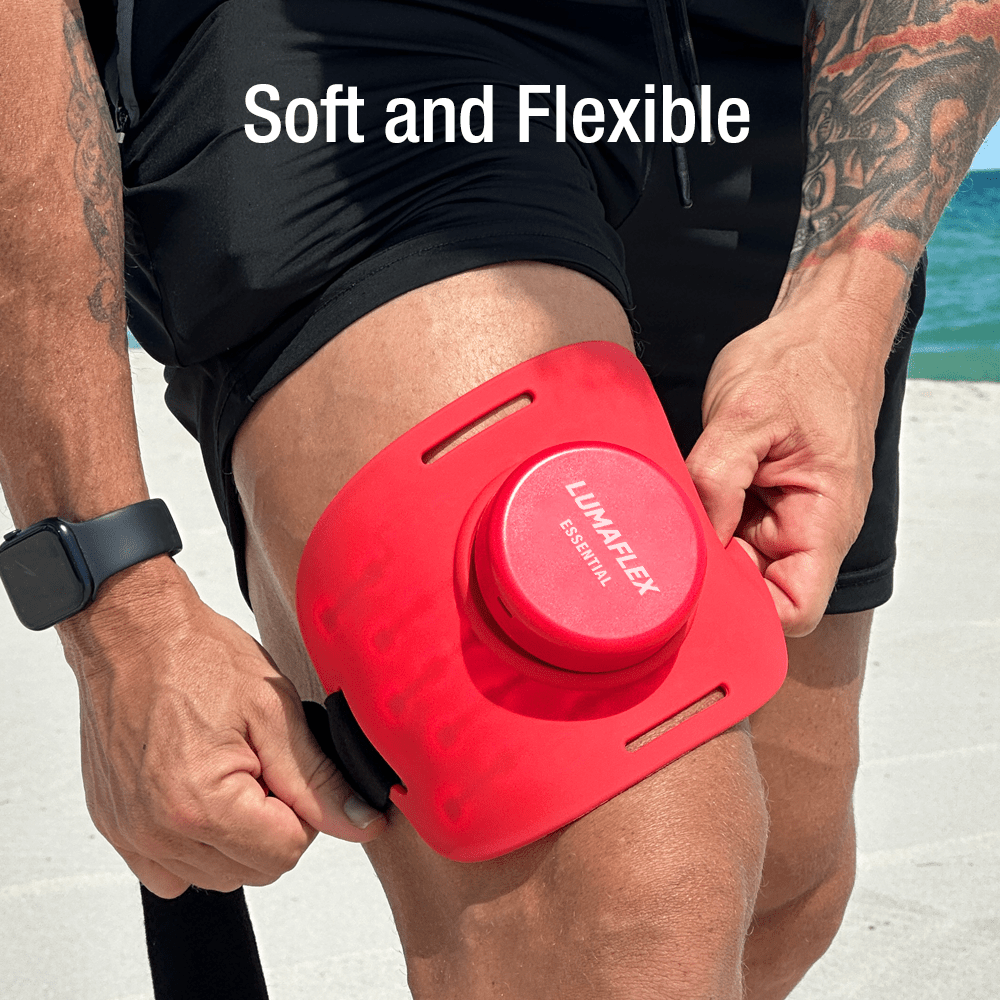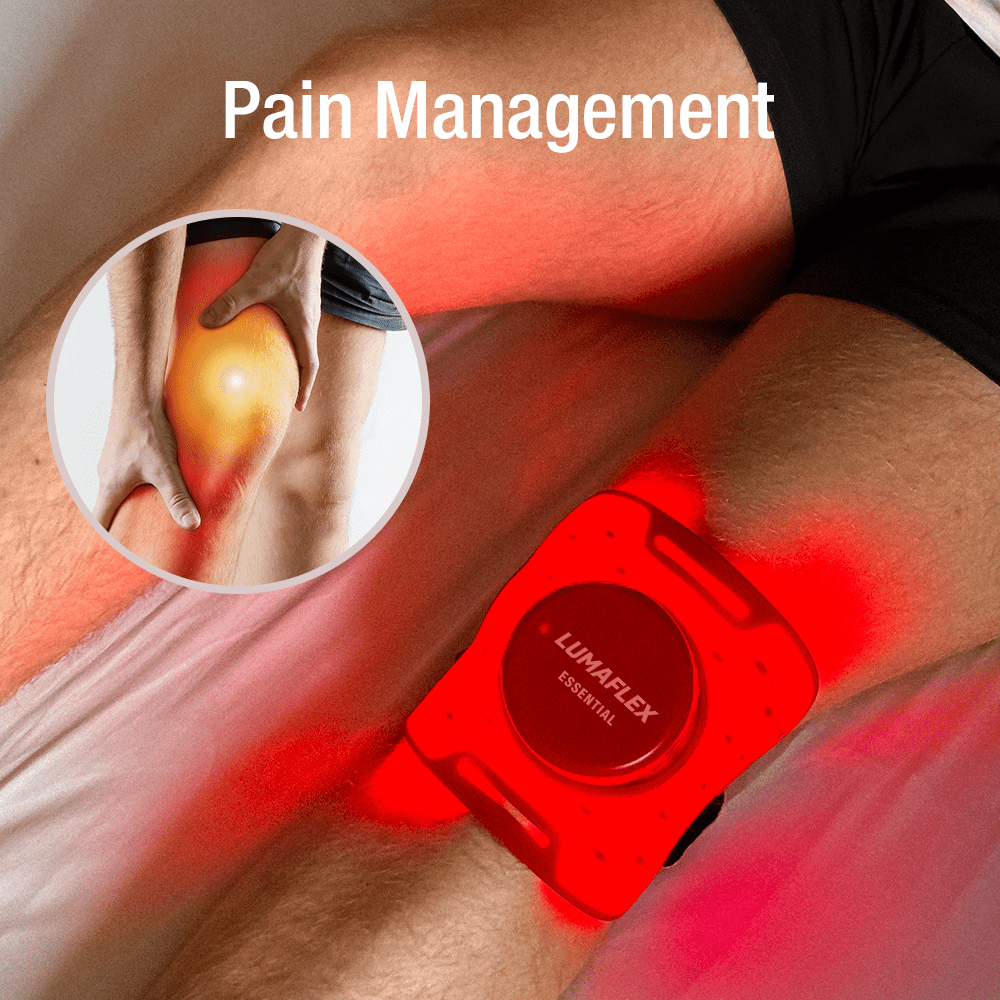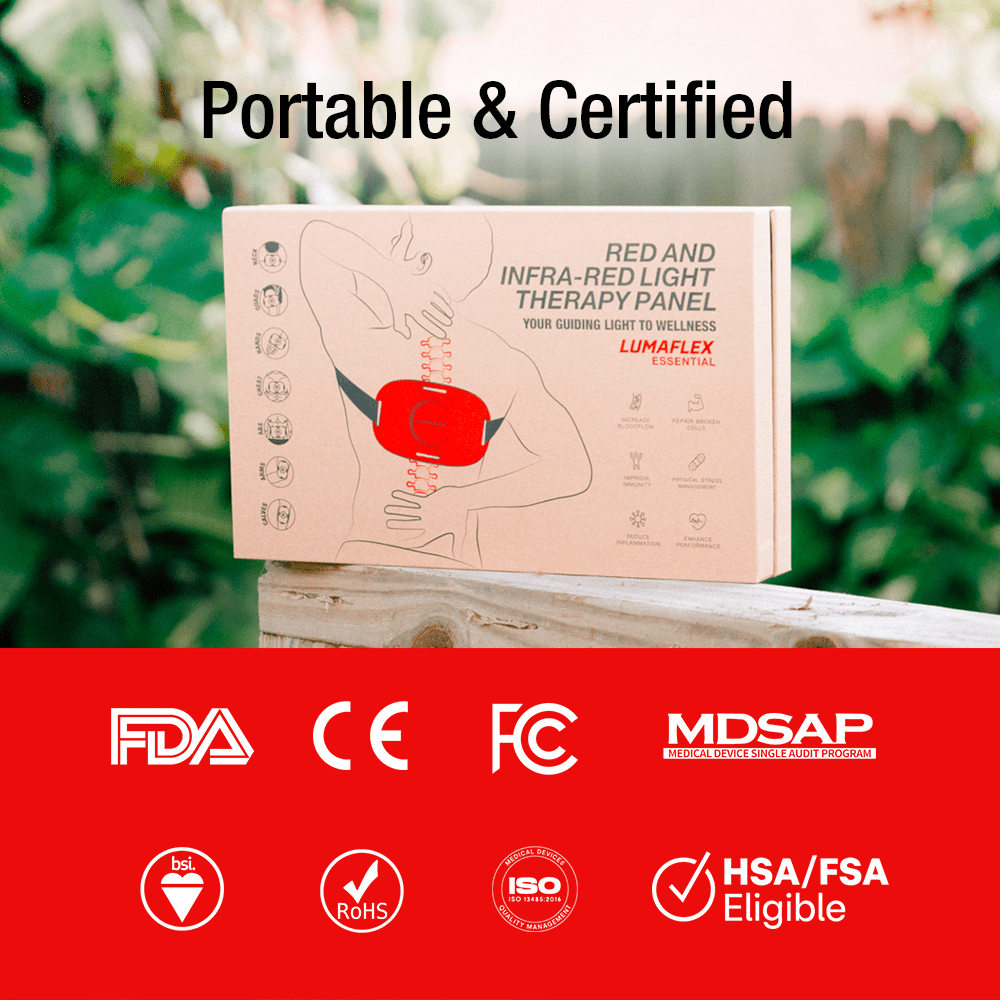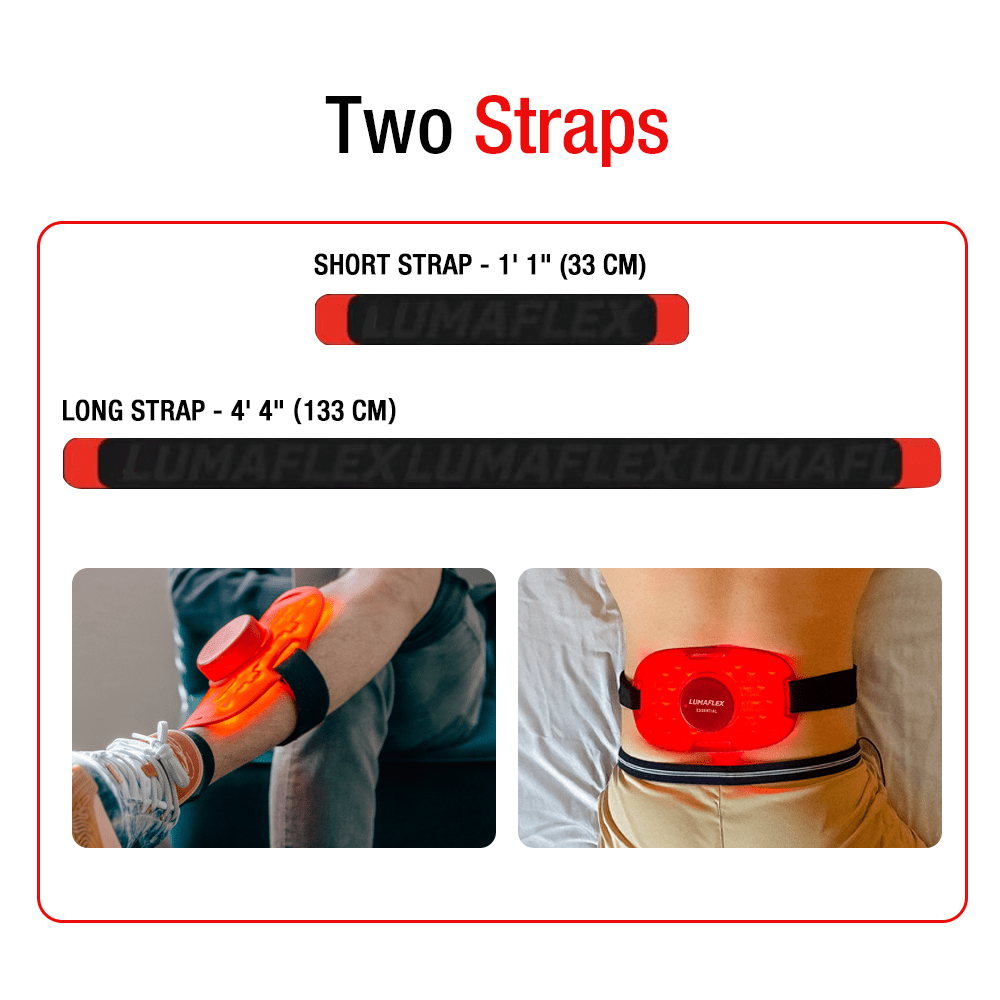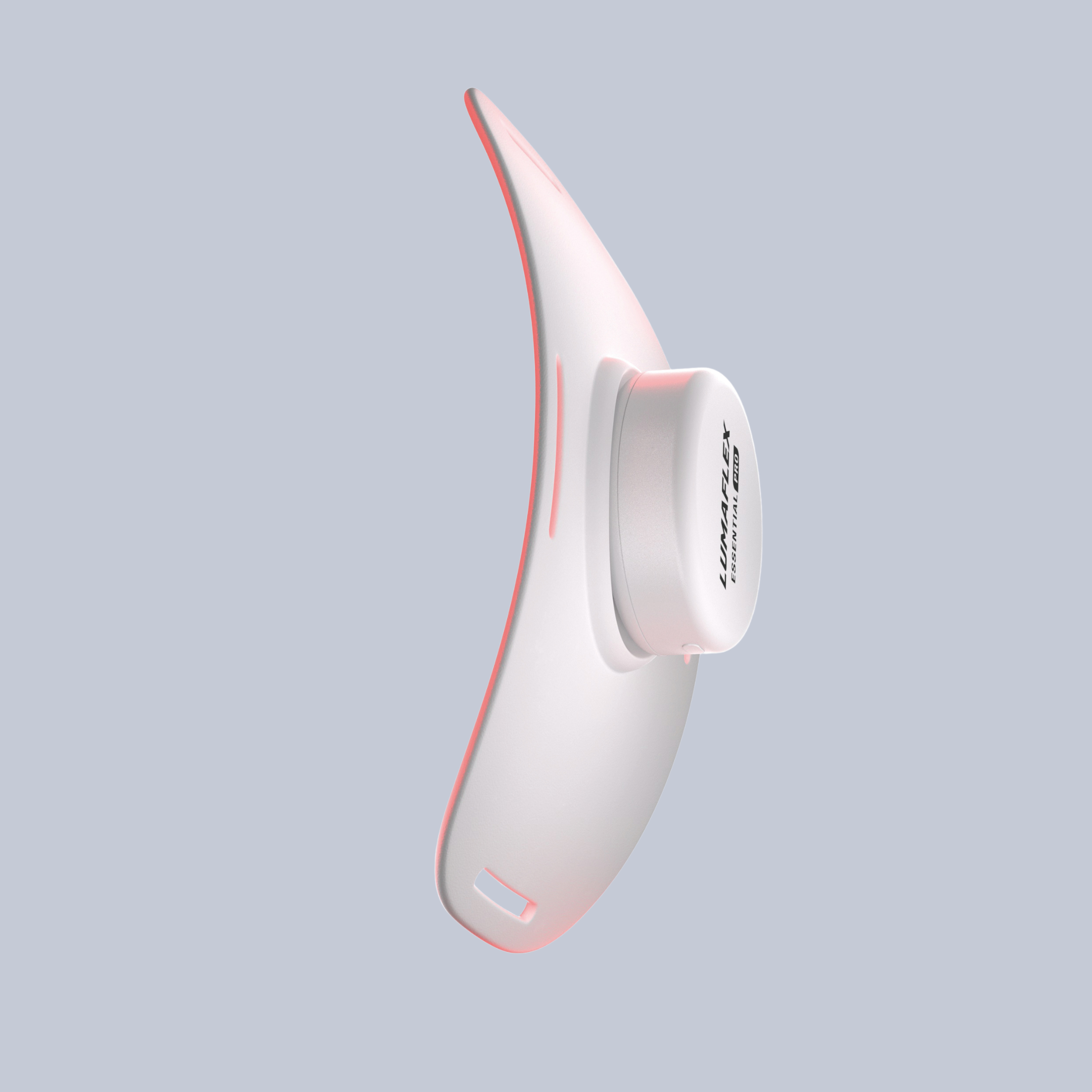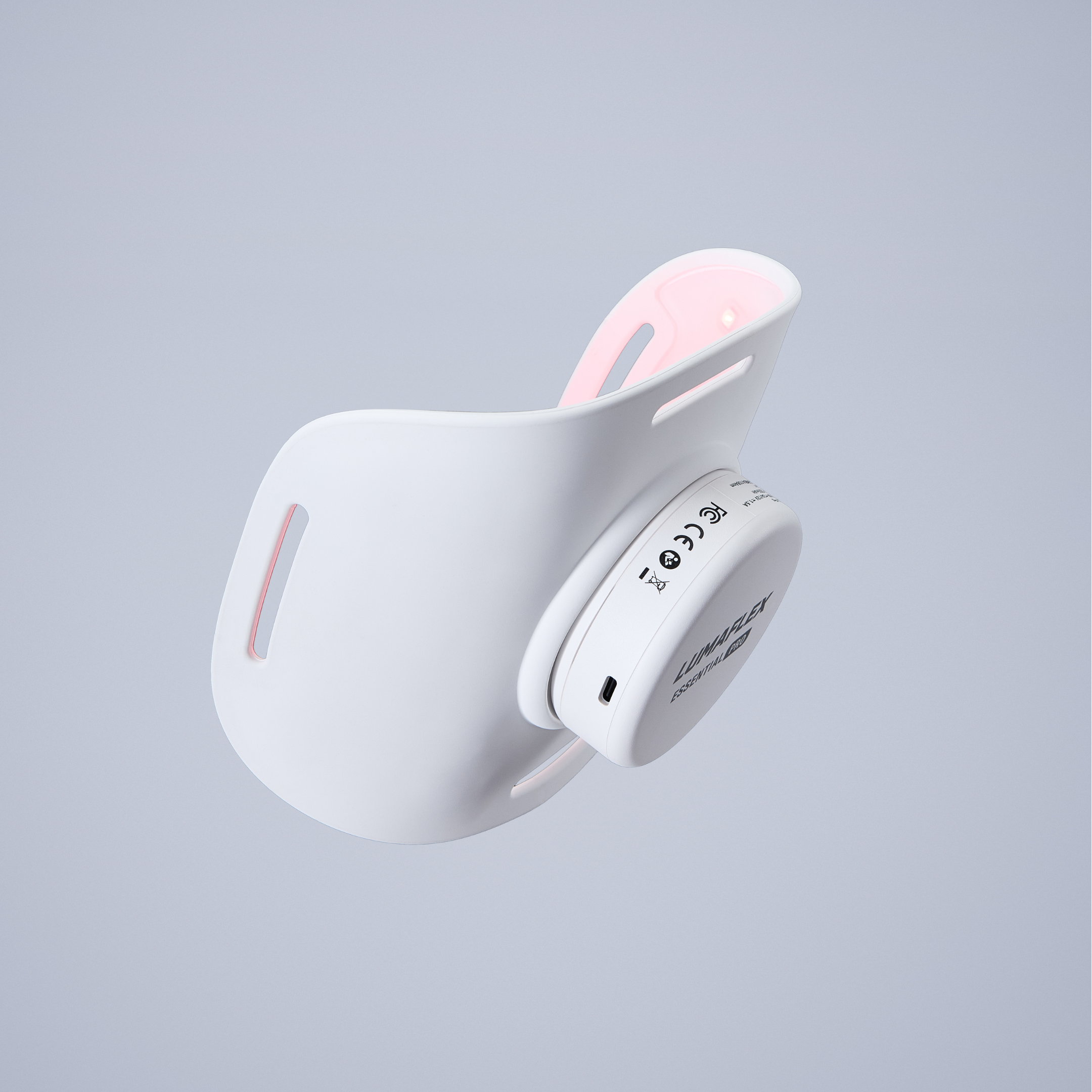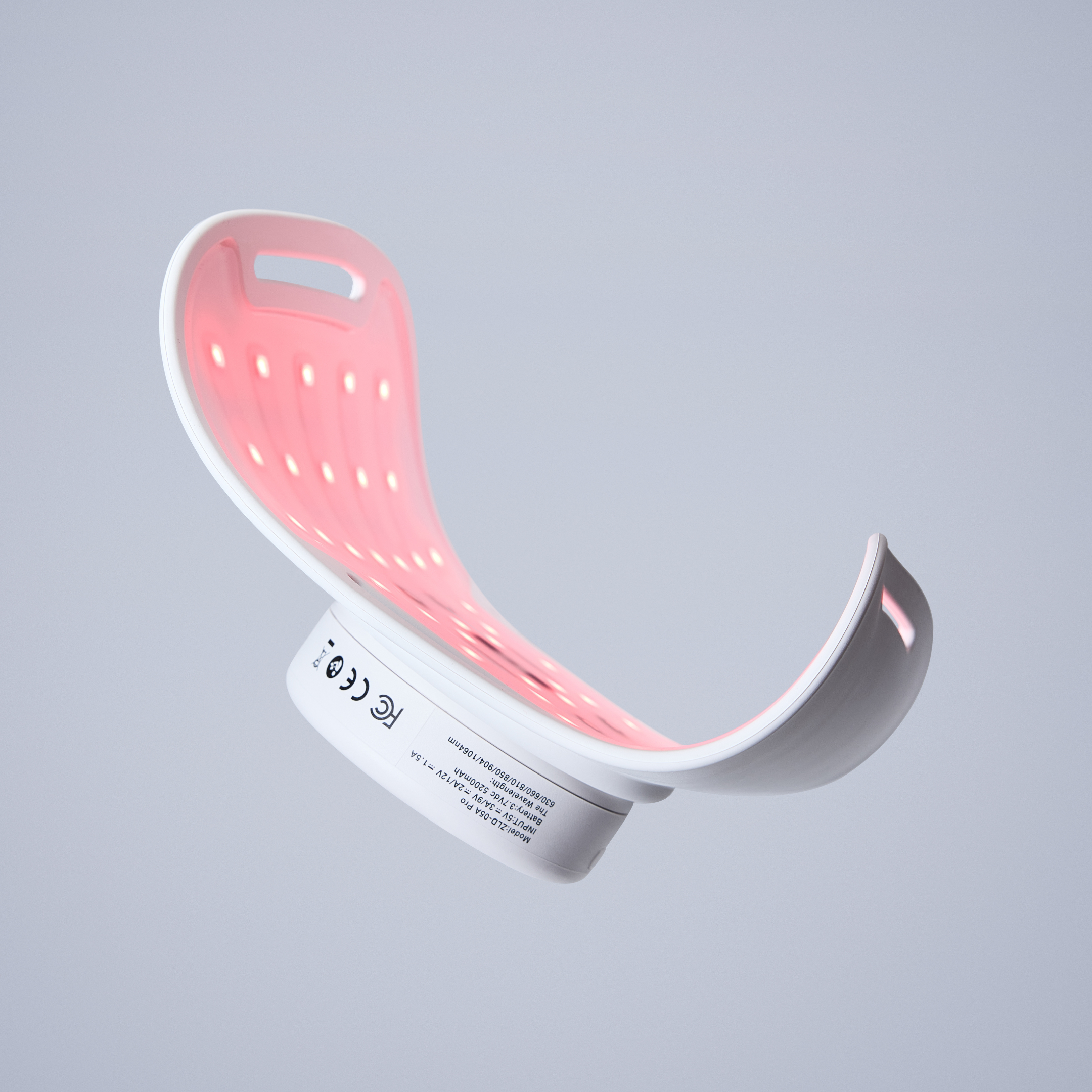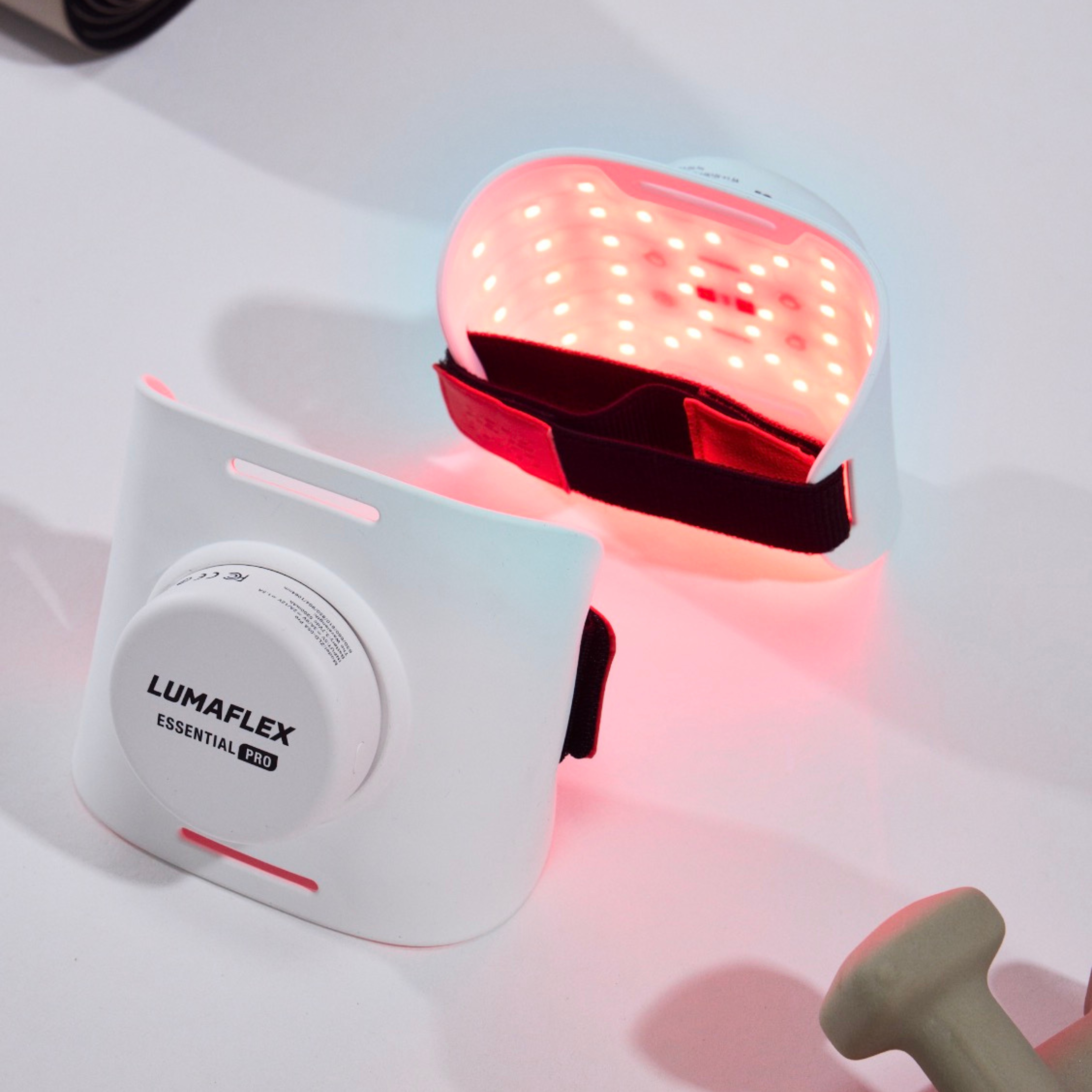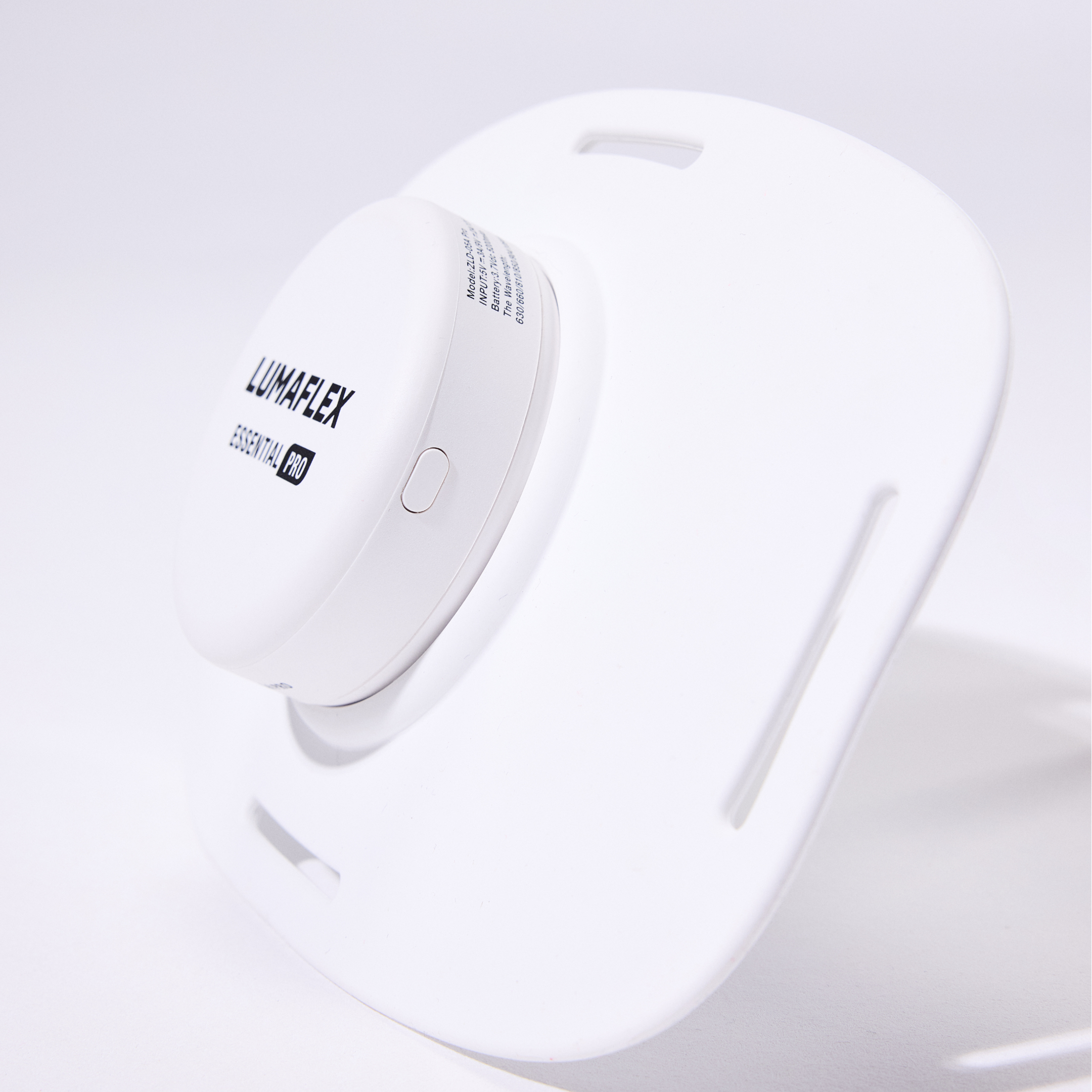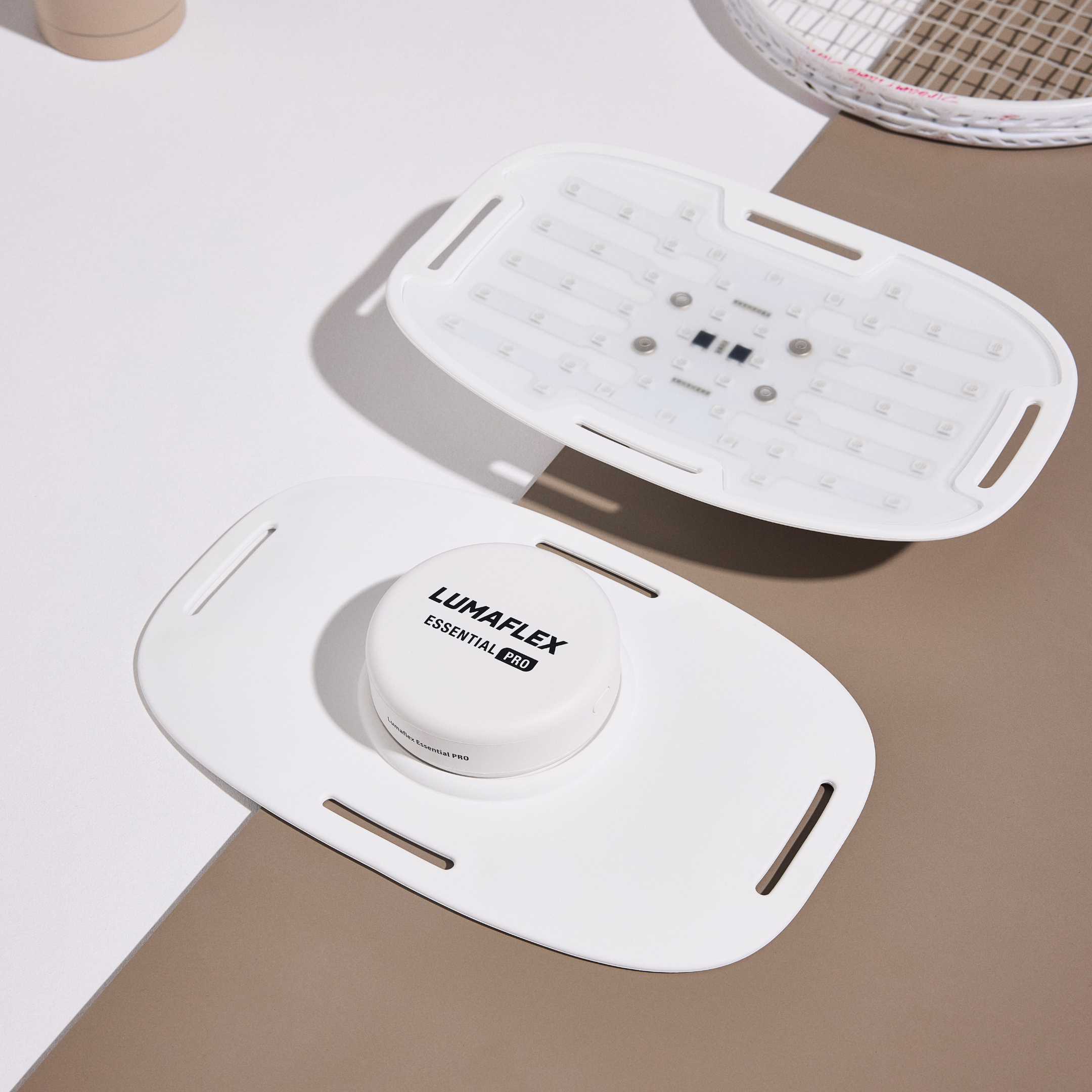Skin Care Routine for Oily Face, Clearer Skin with Red Light Therapy

The Best Skin Care Routine for Oily Face (Science-Backed & Red Light Enhanced)
If you find your skin starts shining pretty soon after lunch, your oil-producing glands are certainly working harder than you want them to. Excess oil can lead to clogged pores, breakouts, and it is just plain annoying to have a shiny face. The fix is not to scrub harder or skip a moisturizer, it is to find balance.
A smart skin care routine for an oily face supports a clean, hydrated, and balanced face. Gentle gel cleansers, niacinamide, and an oil-free moisturizer will keep the shine under control without drying out your skin. These oily skin care tips assist the skin barrier to stay healthy, while keeping clogged pores at bay.
To support your typical oily face routine, you can invest in a red light therapy device. This science-backed therapy helps soothe inflammation, helps healing, and helps regulate oil production. It’s where science and skincare finally work together!
The best routine for oily skin is not about removing oil completely; it is about training your skin to behave. Balanced, calm, and confidently matte.
Table of contents
Why Managing Oily Skin the Right Way Matters
There are benefits to having oily skin. One of the best benefits is that your skin ages more slowly and is obviously firmer and smoother due to your natural oils. The problem is when those oils build up, trapping dirt and dead skin cells, resulting in potential irritation, acne, and an uneven complexion. That is why oily skin needs care, a routine, and maintenance.
Without care, you may experience clogged pores, breakouts, and a reflection of your forehead that is so shiny, it could blind someone. The best skincare for oily skin is about finding a balance that gives your skin the care it needs in terms of cleansing, hydration, and oil control without stripping your face of such oils. A consistent oily skin routine brings real benefits: fewer blemishes, smaller pores, and a fresh, healthy glow.
Step-by-Step Skin Care Routine for Oily Face

Morning Skin Care Routine for Oily Face
For your morning skin care routine for oily skin, start with a gentle foaming cleanser to remove excess oil without drying your skin. Follow with a toner that contains niacinamide or witch hazel to balance sebum and refine pores. Apply a serum with niacinamide or salicylic acid to control shine and prevent breakouts. Use a lightweight, oil-free moisturizer for hydration, then finish with a matte sunscreen. For extra care, use a red light therapy device to calm and balance your skin before putting your makeup on
Evening Skin Care Routine for Oily Face
Your night skin care routine for oily skin should focus on cleansing and repair. If you wear makeup or SPF, start with a double cleanse: an oil-based cleanser first, then a foaming one. Apply a retinol or niacinamide serum to unclog pores, smooth texture, and support cell renewal. Follow with a lightweight moisturizer to keep skin hydrated without heaviness. End your routine with the Lumaflex red light therapy device to calm inflammation and boost recovery. Consistency helps your skin stay smooth, balanced, and less shiny over time.
Weekly Skin Care Routine for Oily Face Add-Ons
Oily skin requires consistent maintenance, but going the extra mile to take care of it goes a long way. Use a clay mask once or twice a week to absorb excess oil and shrink large pores. Exfoliate oily skin two or three times a week with a gentle chemical exfoliant like BHA or AHA to remove dead skin cells and prevent breakouts. Skip harsh scrubs that can damage your barrier. Finish with a hydrating mask to balance moisture and help the best products for oily face work better.
What to Avoid in Skin Care Routine for Oily Face
Managing a skin care routine for oily face isn’t just about what you apply, but it’s also about what you avoid. Even the best skincare routine can fail if you use the wrong products.
Here’s what not to use for oily skin and how to make smarter swaps that help control shine, reduce breakouts, and keep your skin balanced.
Heavy Moisturizers
Thick creams are among the bad products for oily face because they trap oil, clog pores, and leave your skin shiny by midday. They often create a greasy layer that blocks your pores and leads to breakouts. Instead, go for gel-based or oil-free moisturizers. These absorb quickly, keeping your skin hydrated without heaviness.
Look for ingredients like hyaluronic acid or glycerin to retain moisture without excess oil. Lighter formulas balance sebum, reduce shine, and give your face a soft, matte finish that lasts all day.
Alcohol-Based Toners
Alcohol-based toners are what not to use in a skin care routine for oily face because they strip away natural oils, triggering your skin to produce even more sebum. This often results in more shine and clogged pores. Swap these with hydrating toners that contain niacinamide or witch hazel. These ingredients refine pores, soothe redness, and help control oil without irritation. A gentle, balancing toner supports long-term oil regulation and keeps your skin smooth and comfortably refreshed.
Harsh Scrubs
Using rough scrubs is one of the common skin care routine for oily face mistakes. They can cause tiny tears, damage your barrier, and worsen oiliness. Instead, try chemical exfoliants like salicylic acid (BHA) or glycolic acid (AHA). Use them two to three times a week to unclog pores and refine texture without friction.
Overwashing
Overwashing can make your skin oilier. Cleansing too often removes necessary oils, causing rebound oil production. Limit washing to twice a day and use micellar water for quick refreshes. This keeps your skin balanced, calm, and clean without the greasy aftermath.
Red Light Therapy for Oily Skin

How Red Light Therapy Works for Oily Skin
Does red light help oily skin? The answer is yes. Red light therapy as part of your skin care routine for oily face works by acting on sebaceous glands to help regulate the amount of sebum they produce. It boosts circulation, delivering more oxygen and nutrients to skin cells, which translates to a healthier glow. Red light can bring down inflammation, which frequently leads to irritation and clogged pores. Over time, red light can balance oil, calm redness, and lead to smoother, stable skin that is less greasy and more refined.
How to Incorporate Into Your Skin Care Routine for Oily Face
To incorporate red light therapy in your skin care routine for oily face, begin by getting an red light therapy mask or device for oily skin or a handheld device. Apply the device on clean and dry skin for about 10 to 15 minutes, 3 to 5 times per week (the best time for red light therapy is after cleansing and before any serums or moisturizers).
Consistency is important here so this will soon become part of your skin care routine for oily face. Over time with consistent use, expect to see less skin shine, less breakouts, and an overall clearer and looks more balanced.
Lifestyle Habits That Support Skin Care Routine for Oily Face Balance
Managing oily skin isn’t just about what you put on your face. Your diet, sleep, exercise, and stress levels all affect how your skin behaves. Making small changes in these areas can help control shine and support a clearer, more balanced complexion from the inside out.
Diet: Feed Your Skin the Right Way
If your skin feels extra oily, your diet might be one reason. Instead of cutting out foods, focus on a healthier diet for oily skin. Add omega-3s from salmon, chia seeds, or walnuts to help control oil production and calm inflammation. Stay hydrated by eating water-rich foods like cucumbers and watermelon to keep your skin balanced.
Try to limit sugar and refined carbs, since they can raise insulin levels and make your oil glands produce more sebum. Small changes in what you eat can make a big difference for oily skin.
Stress: Calm Mind, Calm Skin
Your skin gets oilier during stressful times, you’re not imagining it. Stress raises cortisol levels, which can cause your oil glands to produce more sebum. You can help this by adding simple stress-relief habits to your day. Try a few minutes of deep breathing, stretching, or taking a quiet break. This will help you to find balance and a calm mind.
Sleep: Let Your Skin Regenerate
Your skin repairs itself while you sleep. Getting seven to eight hours of rest gives it time to heal, renew, and balance oil production. Lack of sleep raises cortisol again, which can disrupt this process.
Small changes help, like using a silk pillowcase to reduce friction and breakouts, and try to go to bed at the same time each night to keep your skin barrier healthy.
Exercise: Sweat Smart
Exercise boosts circulation and helps deliver nutrients that keep your skin healthy. But sweat can mix with oil and clog your pores if it stays on your skin too long. To prevent this, rinse or wash your face right after your workout, even with plain water. When you get home, use a gentle cleanser to remove any remaining buildup.
Caring for oily skin goes beyond skincare products. How to reduce oily skin naturally? Eat nutritious foods, get enough sleep, manage stress, and stay active. These small habits work together to keep your skin balanced and clear.
Common Skin Concerns with Oily Face (and How to Solve Them)
Oily skin can have a healthy glow, but when oil glands produce too much sebum, it can lead to shine, clogged pores, and breakouts.
Here are some common skin concerns with an oily face, and the first step to solving them is always identifying effective products that you can use often.
Breakouts: Clear Buildup Before It Starts
When oil and dead skin cells mix together, the result is clogged pores and acne. A cleanser or toner with 2% salicylic acid is an effective acne treatment for oily skin. This method clears buildup, unclogs pores, and calms inflammation without drying the skin.
Another option could be Lumaflex red light therapy. It kills acne-inducing bacteria on the face, while red lights soothe the skin and promote healing.
Large Pores: Strengthen and Smooth
Oil and debris can make the skin and pores appear to be larger over time. Niacinamide (5-10 concentration) strengthens the skin barrier, balances oil, and smoothens skin texture. A clay mask once or twice a week can absorb excess sebum and is one of the best products for oily skin and large pores.
Post-Acne Marks: Fading the Evidence
Even after your acne clears, you may have dark or red marks that stay behind on your skin. Red light therapy looks to enhance skin turnover and stimulate the collagen repair process, allowing the acne marks to fade over time.
To optimize this process, consider using gentle exfoliating ingredients such as glycolic or lactic acid to slough off those dead, dull skin cells and reveal newer, oil-free skin just waiting to be revealed.
Excess Shine: Keep it Matte without Drying Out
If you experience some shine throughout the day, it is best to stick to lightweight oil-free products that absorb some of the oil without clogging. You can consider using mattifying primers, blotting papers, and translucent powders to help control shine. If the oil is troublesome for you, blotting to reduce the shine on your face is best. By pressing the blotting sheet gently on the oily zones will not agitate the skin any further.
The most important thing with managing a skin care routine for oily face is balance. When you have the right skin care routine for oily face in place and keep up on your skin care practices, you can reduce shine from the complexion, reduce pores, lessen marks, and maintain the natural health of the skin.

Putting It All Together: Your Skin Care Routine for Oily Face Playbook
Taking on oily skin is about strategy, not battles. A smart skin care routine for oily face guide keeps your face balanced and shine under control without drying it out. In the morning, use a mild oil-free cleanser, oil-free niacinamide moisturizer, and light non-comedogenic sunscreen (half the battle is using comedogenic sunscreen). At night, double-cleanse if you are wearing makeup or any type of SPF; every few days, use a salicylic acid exfoliant. It does a great job at keeping your pores clear.
Red light therapy can also support skin care routine for oily face. Using a red light therapy mask or device for 10 to 15 minutes can calm overactive oil glands and help your skin heal. A clay mask once a week can absorb extra oil and keep your skin barrier refreshed.
It's consistency that yields results. Staying consistent with your routine and letting the science work often yields the best results. Ready to take control of your shine? Upgrade your routine with Lumaflex at-Home Red Light Therapy Device - your science-backed solution for balanced, healthy skin.
FAQs About Skin Care Routine for Oily Face
Can red light therapy make oily skin worse?
No, it does not make oily skin worse. Red light therapy around 630nm helps calm overactive oil glands and decrease excess sebum production, without drying out the skin. This helps balance oil production and improve texture, with regular use.
How often should I use the Lumaflex red light therapy device?
Lumaflex devices should be used for 10 to 15 minutes, three to five times a week. Consistency is the key to improvement. Regular use will allow gradual results while helping to reduce shine and improve balance in the skin.
Can I combine RLT with retinol or serums?
Yes. Always use red light therapy first, allowing the light to reach the skin directly. After use, you can apply hydrating serums such as niacinamide or hyaluronic acid. Retinol works best in the evening after red light therapy to complement the process of cell turnover.
Is sunscreen necessary if I have oily skin?
Yes. Sunscreen is good for oily skin as it protects your skin from UV-induced damage, which may stimulate additional oil production. We suggest using a lightweight, oil-free sunscreen with an SPF of 30 or higher. EltaMD UV Clear, for example, protects without the greasy feeling.
How soon can I see results?
Most people will notice less shine in two to four weeks, and smaller-looking pores after six. Follow the routine, drink your water, and remember, don’t skip those RLT sessions.
Related Readings About Skin Care Routine for Oily Face
- Red Light Therapy Results for Skin: Complete Benefits Guide
- Red Light Therapy with IV Therapy: A Revolutionary Skin Treatment
- Transform Your Skin: Red Light Therapy Before and After
- Myth-Busting: Can Red Light Therapy Tan Your Skin?
- Men’s Skin Care Routine 30s: Anti-Aging & Red Light Therapy Tips
- Can You Use Red Light Therapy with Retinol? RLT for Skincare
- Red Light Therapy for Acne Scars: How It Works and How to Use It Safely
- How Long to Use Red Light Therapy on Face: Guide
- Red Light Therapy for Sagging Jowls vs. Radio Frequency: Which Works Best?
- Red Light Therapy Devices for Face: Cost vs. Professional Treatments (Is At-Home Worth It?)

